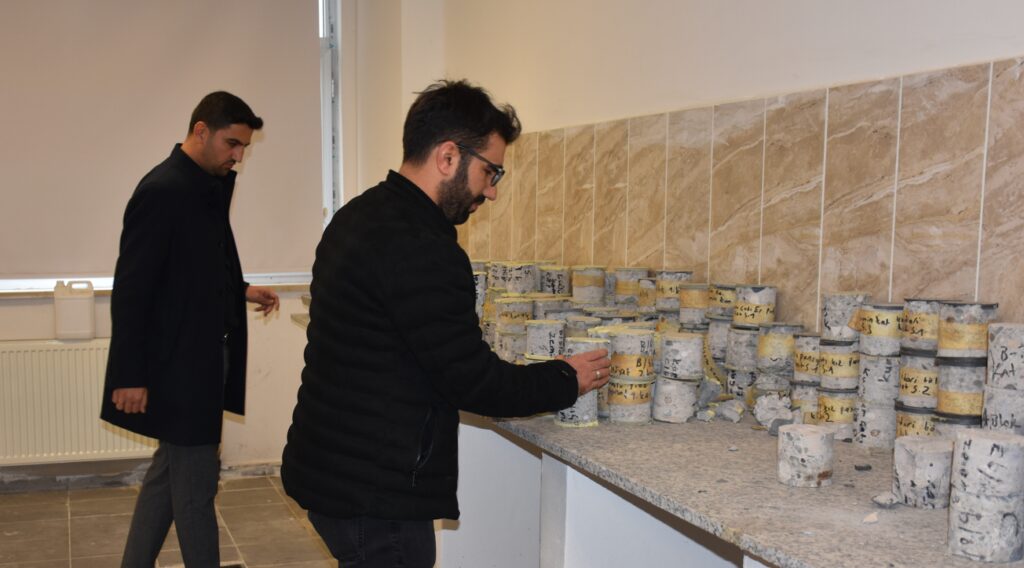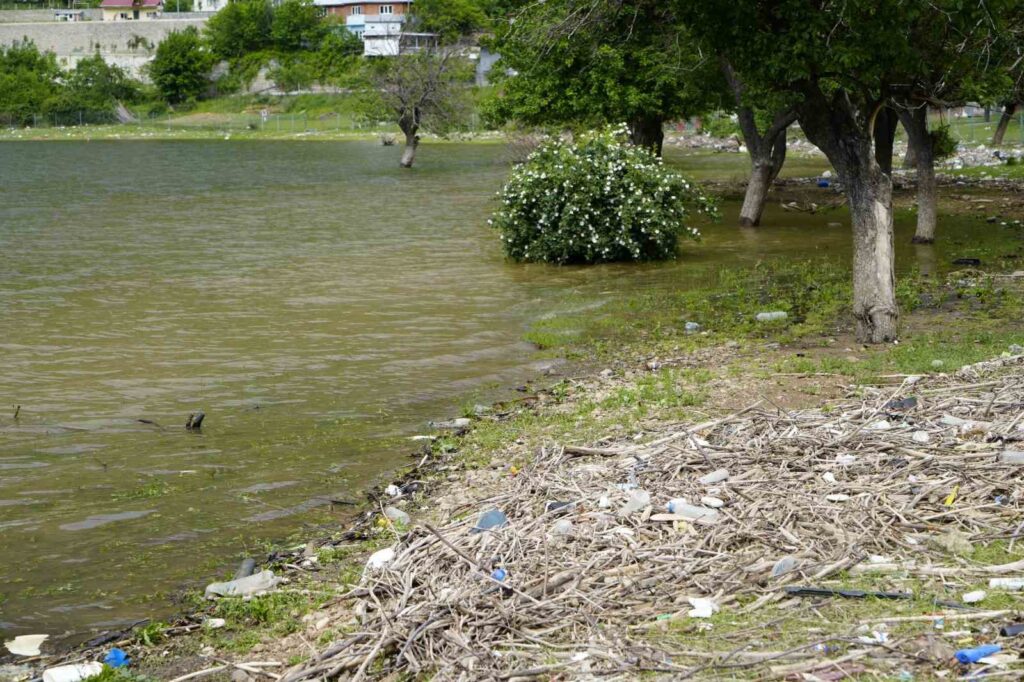(Special) İmralı Island, Karacabey Lagoon, and Arap Lake are under threat
Originating from the southern slopes of Uludağ, the Nilüfer River flows 172 kilometers through the Bursa plain before it empties into the Sea of Marmara. The pollution of the Nilüfer River not only affects the agricultural fields in the plain but also threatens the Karacabey Longoz, one of the world’s prominent beauties, Arap Lake, and Imralı.

Originating from the southern slopes of Uludağ and flowing through Bursa plain for 172 kilometers before pouring into the Sea of Marmara, the pollution of the Nilüfer River not only affects the agricultural fields in the plain, but also threatens the Karacabey Longoz, Arap Lake, and Imralı Island, which are among the world’s few beauties. The pollution of the Nilüfer River, which continues to threaten the environment like a venomous snake in the arms of Bursa and Karacabey plains, resembles a highway where hot asphalt is poured rather than a river when viewed from the sky. The Nilüfer River, which flows from the south of Uludağ and feeds the Bursa plain alone, spreads poison. Samples of the river water taken at certain times of the year resemble petroleum, and fish deaths are also observed during certain periods. The color of the Nilüfer River, which meets a significant water need for irrigation in Bursa, has turned into tar due to industrialization. The water of the river, which is a vital source of water for agricultural fields for kilometers, is contaminated with chemical and dye waste from numerous factories along its route, and it irrigates the Bursa and Karacabey plains. The fact that agricultural irrigation is done with pitch-black water endangers the health of millions of people. The local residents, who used to drink water from the river 30 years ago and once caught 15-20 kg wels catfish, now state that not even frogs can survive in the river. Behçet Yüncü, a farmer from the Çeşnigir Neighborhood of Karacabey, who uses artesian well water instead of stream water for irrigation, expressed his concerns about the pollution and odor in the river affecting the products sold in the market and consequently the consumers. He highlighted the difficulties faced by the local farmers. Ekrem Erep, who transports workers from Ekinli village to the center of Karacabey every morning, mentioned that they cover their noses when crossing the bridge with the workers due to the pollution. Mümin Üner stated that the river Nilüfer, which is called Nilüfer Stream by their ancestors and fathers, is now depicted as a wastewater drain. He emphasized the need for action to clean up the area, which would be beneficial for everyone. Hüsamettin Özgeç, 77 years old, mentioned the drastic change in the river’s condition from his childhood, when they used to catch and sell blackfish but now it flows like sewage. He pointed out the negative effects on crops irrigated with the river water. The forest of Longoz is under threat. Ilhan Güven, who is engaged in farming in the same region, claimed that the Nilüfer River will eventually cause the drying up of the Longoz forests. He urged the authorities to intervene to save the Longoz forests. The pollution caused by factory waste in the Nilüfer River, which flows from the southern slopes of Uludağ and discharges into the Sea of Marmara through the Karacabey Strait, between Longoz and Arap Lake, and off the coast of Imralı, was captured in aerial footage. Additionally, the pollution of the Nilüfer River, which becomes blackened by factory waste along with Bursa, was documented from the sky, showing the contrast in color where it merges with the Susurluk River. The recent sightings of mucilage layers in the Gemlik Gulf and the southern shores of the Sea of Marmara caused by polluted rivers flowing into the sea once again raised concerns about environmental disasters.







